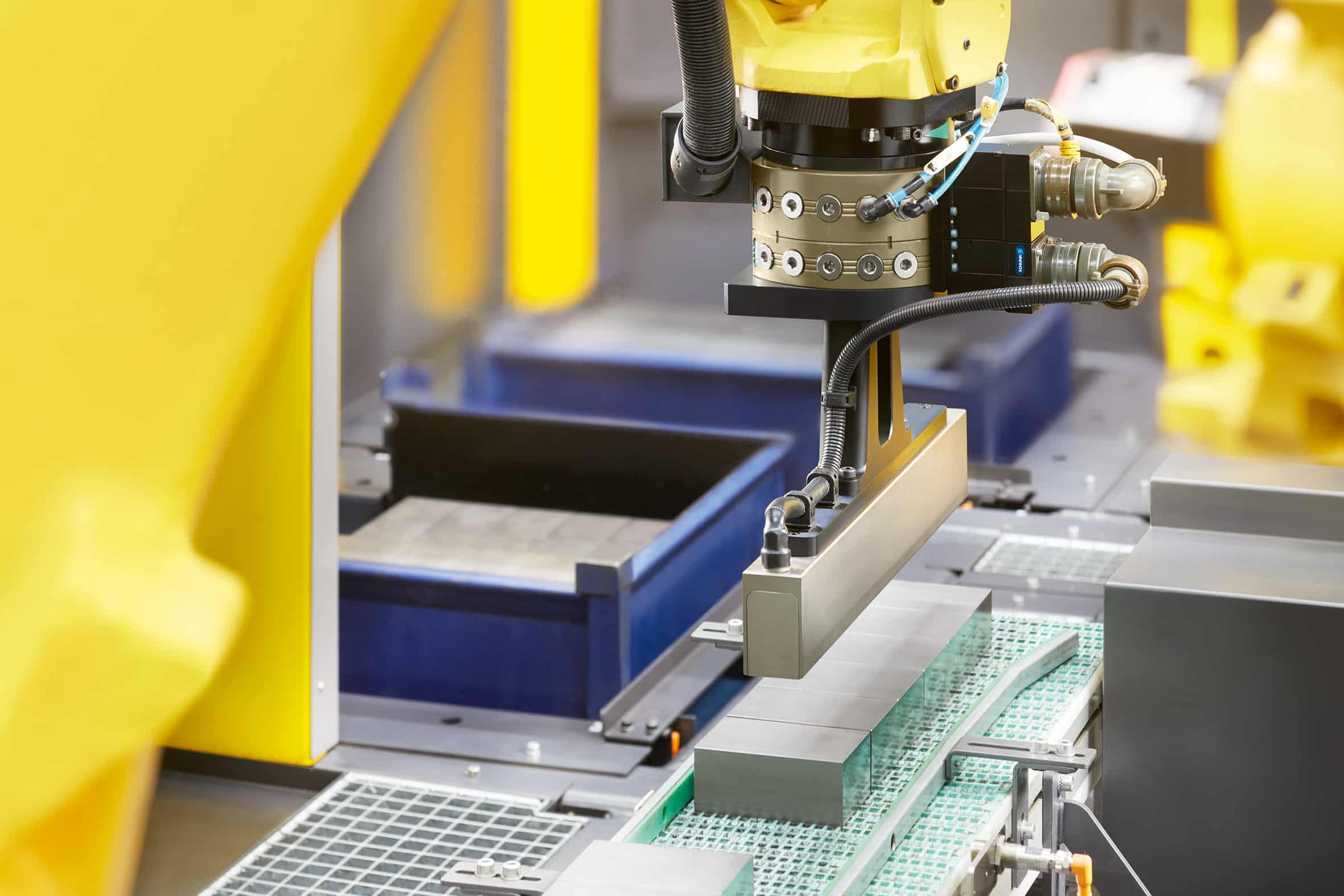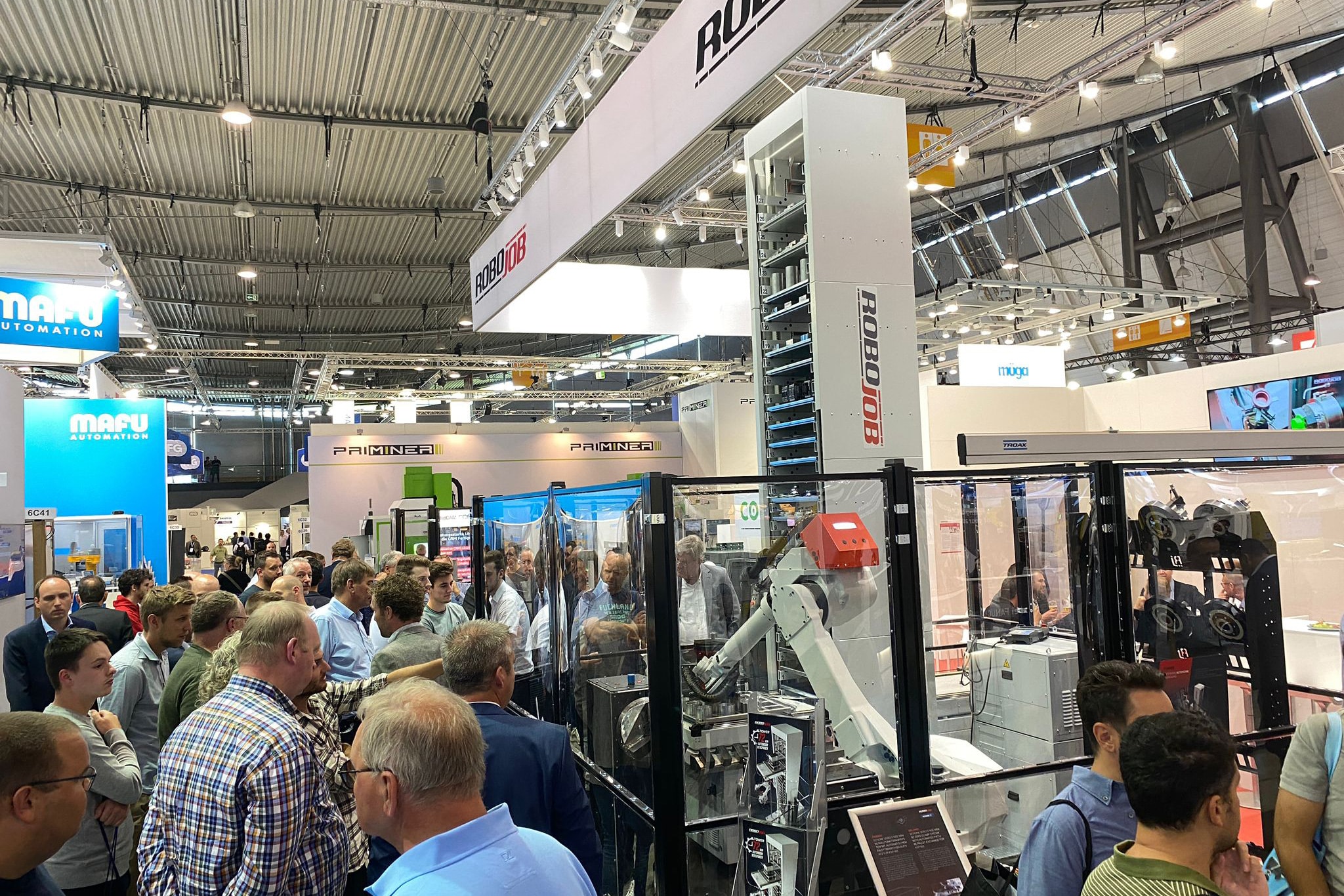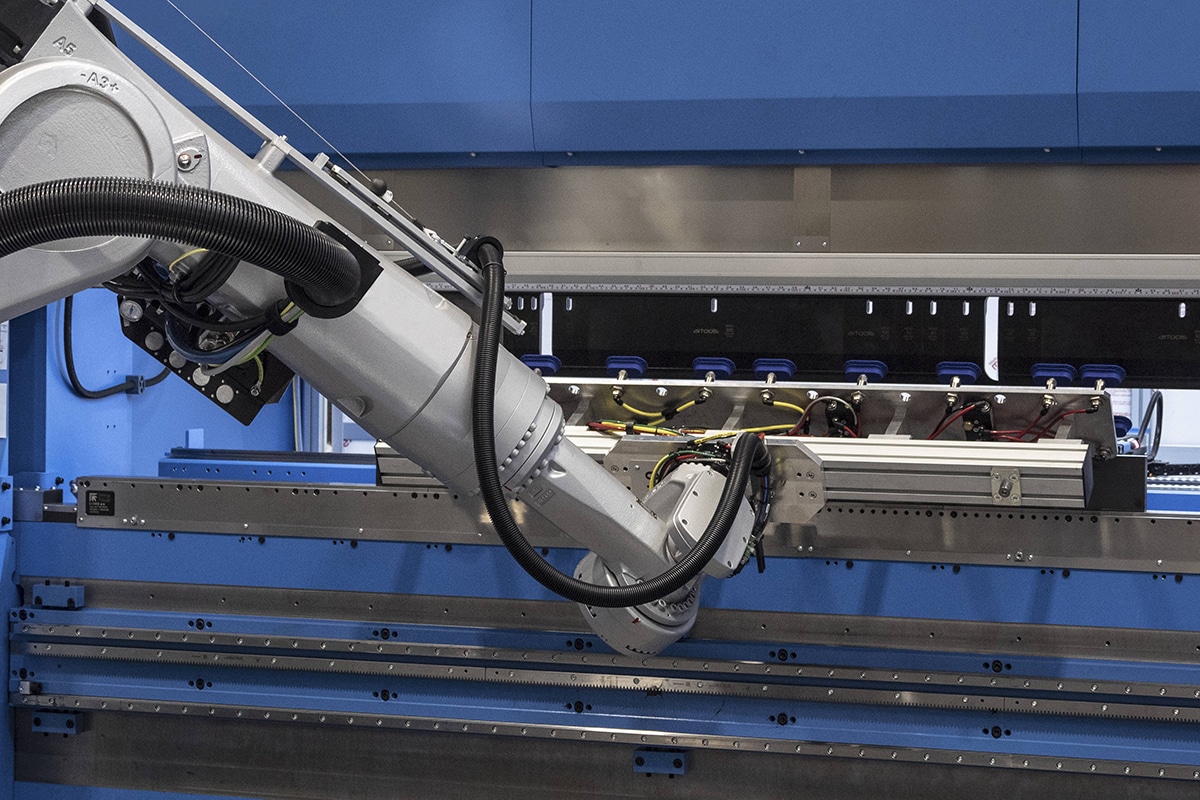
Welding of additively manufactured materials
Metal parts are increasingly being manufactured with additive manufacturing (AM or 3D printing). Eighteen different techniques are now available for additive manufacturing of metal parts. But often 3D printed workpieces are still limited in size. One solution to produce large parts is to divide the workpiece into several pieces, and then weld them together. There is also the need to connect AM parts to conventional products, in case they need to be integrated into existing products or structures. With the COAMWELD project, the Belgian Institute of Welding Technology aims to investigate this.

3D printing requires welding and joining processes to weld metal AM parts into larger assemblies, and the ability to repair and rework defective metal AM parts. A reliable joining technology provides greater design flexibility for additively manufactured parts that would otherwise be impossible to produce due to equipment size limitations.
The goal of the COAMWELD project is to develop joining concepts for welding metal-printed parts to conventionally manufactured workpieces. Welding metal 3D printed parts can be problematic because the materials have a different structure (density, microstructure...), compared to each other, and especially compared to parts made of conventional metals.
Knowledge sought
Currently, there are no guidelines for making such welds. This knowledge is being developed to qualitatively join these different metal combinations. Different joining technologies are being considered and their feasibility investigated for a selection of welding processes. The following topics are investigated:
- What processes can be used to join AM parts with conventionally manufactured pieces?
- Guidelines for the optimal combination of conventional welding techniques and AM-
techniques.
- How does the welding process used affect the (mechanical) properties of the parts and the joint itself?
Very little information is available in the literature on the use of welding techniques for AM parts and the mechanical properties and microstructure in the weld zone of such joints.

Research design
The following AM processes were considered in the project: L-PBF (selective laser melting), L-DED (direct energy deposition with laser), PMD (plasma metal deposition with powder or wire) and DED-GMA (WAAM). The AM materials to be investigated are:
- Steel: AWS ER 70S-6 carbon steel with WAAM and HC380LA with L-PBF.
- AISI 316L stainless steel manufactured with L-PBF, and 316LSi manufactured with L-DED.
- Aluminum AA5183 with WAAM and AlSi10Mg with L-PBF.
The AM materials were always welded to similar conventional materials (S355, AISI 316L and AA5083). A similar task was performed for the welding processes, to identify the potentially feasible joining techniques. Regarding the welding processes to be investigated, the following choice was made: MIG/MAG, TIG, plasma, laser, friction welding and friction stir welding (FSW). The arc welding processes chosen are processes widely used in industry. The above choices do not preclude other processes from being investigated as the project progresses.

Results
Based on the above information and available standards for conventional welding of the specified materials (e.g., ISO 15614), an examination plan was prepared. This specified the welding geometry, the shape and dimensions of the specimens, the tests to be performed, and the acceptance criteria. Two welding configurations were chosen to perform the generic study; butt joints of tubes and plates. A generic experimental study is conducted to determine the factors that determine the desired joint properties. The selected materials were welded using the mentioned welding processes, in order to:
- examine weldability,
- identify the welding characteristics to be achieved with the various processes,
- benchmark the capabilities of the connection processes.
The objective is to determine the scope of each welding process for joining AM parts.
For all welds performed, the tests specified in standard ISO 15614-1 & 2 were always carried out. This included a metallographic examination, along with hardness measurements, and tensile and bending tests.

Weldability of aluminum AM materials
For joining conventionally fabricated aluminum alloys, but especially for joining AM aluminum alloys, porosities are considered the most critical challenge to weld quality. This is mainly due to the low solubility of hydrogen in aluminum at low temperature.
During welding, the solubility of hydrogen in the weld pool is very high, due to the high process temperature. With rapid cooling during the solidification of the weld pool, the hydrogen, which is now no longer soluble, cannot escape from the weld pool in time and remains behind as porosities. To prevent this, it is advisable to cool down in a controlled manner after finishing the welding process.
While these challenges are related to the material itself, they are even more critical when joining additively manufactured aluminum alloys, such as the porosities that occur when welding parts fabricated by L-PBF (see Figure 2). The high number of porosities, especially near the L-PBF material, is due to the material itself. The base powder used in L-PBF processes has a higher surface-to-volume ratio than wire-based additives, allowing hydrogen to be absorbed by the powder surface, which is even more so when the powder is recycled and reused in the process. The influence of the surface-to-volume ratio of the filler materials of the AM processes (powder and wire) on the porosity content can also be observed when welding in conventional, WAAM and L-PBF sheets are compared (see Figure 3). The high porosity content is the main factor for the reduction of mechanical properties (Figure 4). Porosities can also be observed through fracture surface analysis (Figure 5).
It could be concluded that aluminum parts manufactured by WAAM can be welded using fusion welding processes such as MIG/MAG, electron beam or laser welding. Further research is currently being conducted for welding L-PBF aluminum AlSi10Mg, such as the influence of the filler material, shielding gas and laser cleaning.

Solid-state welding processes
Solid-state welding processes have greater potential for welding L-PBF aluminum AlSi10Mg. Friction stir welding (FSW) is a solid-state joining technique in which a rotating tool consisting of a shoulder and threaded pin is moved between the sheets to be welded. The intense plastic deformation combined with the elevated temperature during the process results in fine uniform recrystallized grains in the weld lens. A preliminary investigation was conducted to demonstrate the feasibility of friction stir welding of L-PBF AlSi10Mg plates. The occurring metallurgical evolutions were studied based on metallographic and destructive investigations.
A cross section of a typical weld is shown in Figure 7. The weld exhibits the classic morphology observed in friction-welded butt joints. This texture is due to the intense plastic deformation and exposure to high temperatures during FSW. Based on the microstructural characteristics of the grains and precipitates, two zones can be distinguished in the weld, namely the stirred zone (weld lens) and the thermomechanically influenced zone (TMAZ). The microstructure of the base material is visible on the sides of the weld.
The results of this preliminary work show that L-PBF AlSi10Mg sheets can be successfully welded with FSW to produce larger parts.


Case studies
If you wish to investigate the weldability of your AM parts, this is possible within the framework of the COAMWELD project. Please contact Koen Faes of the Belgian Institute for Welding Technology for more information, via email Koen.Faes@bil-ibs.be or by phone
+32 9 292 14 03.



